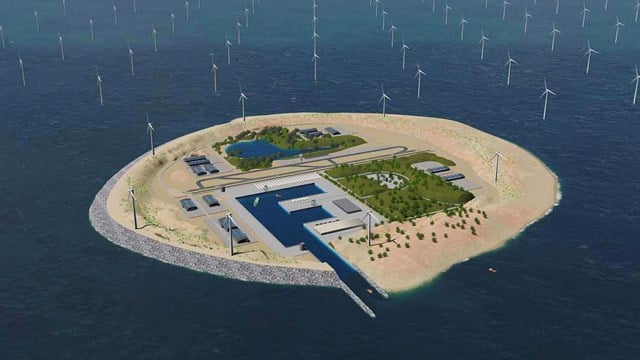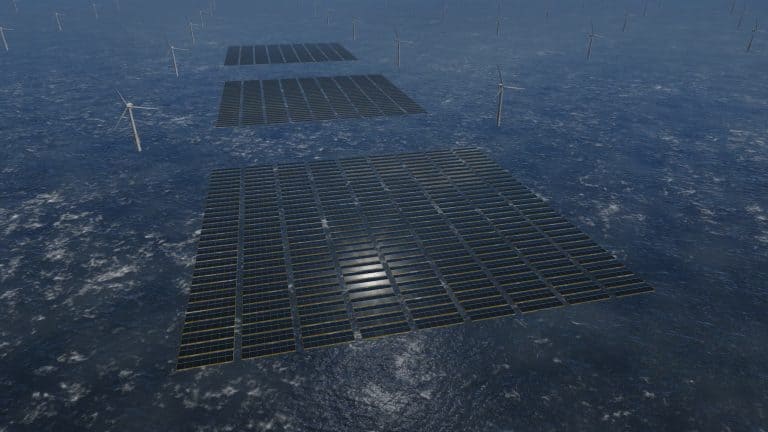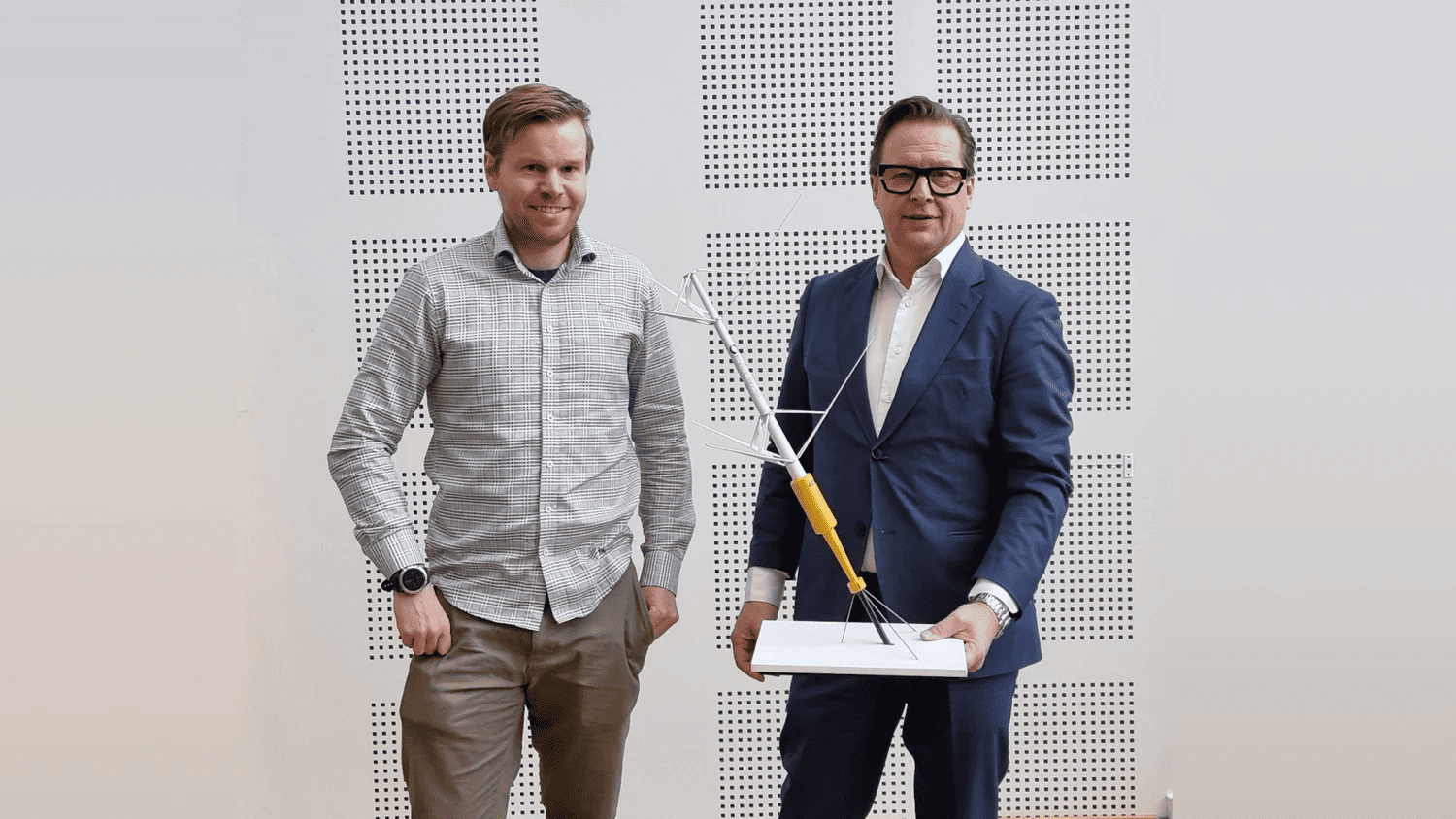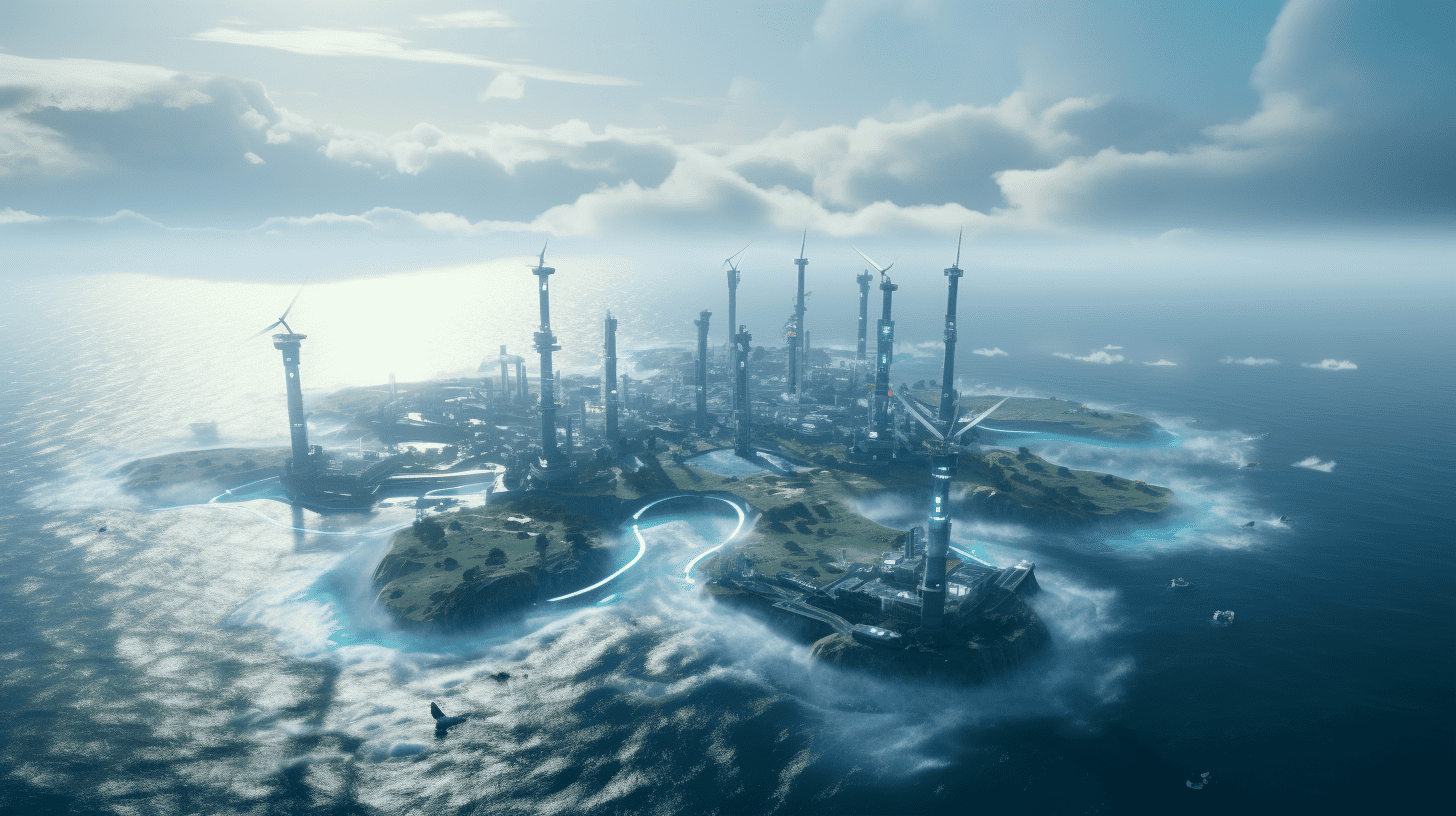
Let the figures speak for themselves: An artificial island in the North Sea measuring 120,000 square meters, i.e., 18 soccer fields, that is good for supplying energy to every Danish household. And there is plenty left over for neighboring countries as well.
The energy hubs collect the electricity from offshore wind farms and redistribute it between Denmark and other countries,
A session held the week by the Danish parliament has revealed this. Both the center-left government and the center-right opposition agree that the government will take a 51 percent stake in the project. The rest will be in the hands of the private sector. Construction is expected to begin in 2026. Until that time, private sector partners are being sought and environmental impact studies undertaken.
80 kilometers off the coast
The energy hubs will serve as a junction, collecting electricity from the surrounding offshore wind farms and redistributing it between mainland Denmark and other countries that will be connected to the grid. Initially, the capacity of the two hubs will be five gigawatts. Later on the capacity will be expanded to twelve gigawatts.

The hubs are to be set up on two islands. One will be on the Danish island of Bornholm. The other will be established as an artificial island on the North Sea, within Danish territory at 80 kilometers west off the Jutland coast. That island will be protected from storms on three sides by a high seawall. A dock will be built on the fourth side to accommodate ships connecting with the mainland.
Connection to Dutch and German grids
Once everything is in place, which probably will not be before 2033, the project will generate 12 gigawatts of clean energy. That is easily more than enough to supply electricity to all of Denmark’s nearly six million people. The remaining capacity will benefit other countries to help them “meet their targets,” as stated in this week’s press release from the Danish Ministry of Climate, Energy and Building.
Upon completion, the project could serve ten million European households. The aim is to connect the two energy hubs to the grids of Germany, the Netherlands and Belgium. Surplus wind energy can also be used to produce climate-friendly energy for shipping, aviation as well as heavy industry.
European objectives
Denmark, Europe’s leading oil producer, is meeting a key objective through this project. The country set itself a 2050 deadline last December to stop oil and gas extraction in the North Sea. The European Union must become climate-neutral by the same year. A target of 300 gigawatts of offshore wind power has been set by the European Commission.
Historically, Denmark has always been strong in alternative energy. It was the first country to build an offshore wind farm in 1991.
Dan Jørgensen, the Danish Minister of Climate (etc.), showcases the computer rendering of the project in a video:
Read how wind turbines in the North Sea are getting increasingly bigger.
And how AI. is helping to improve the performance of wind turbines.







